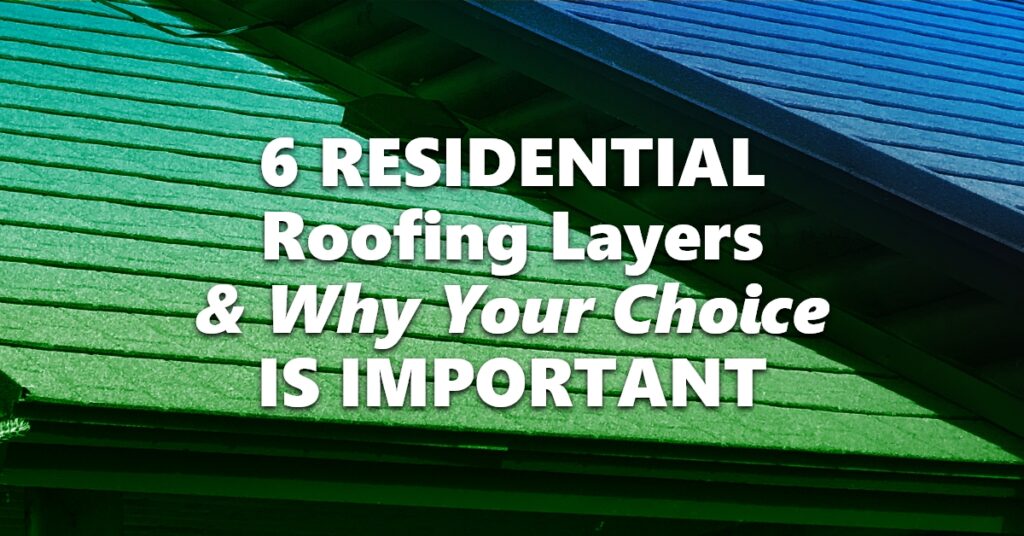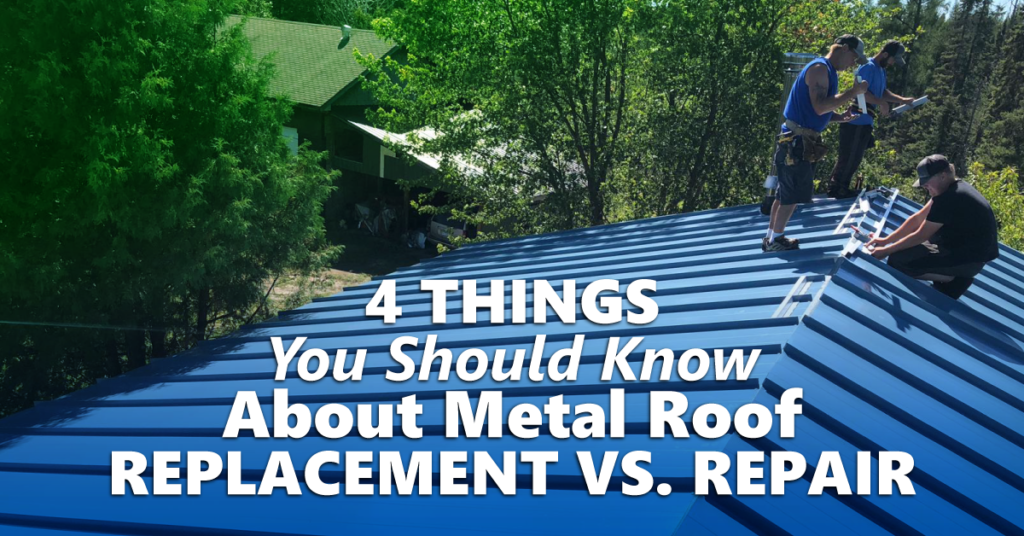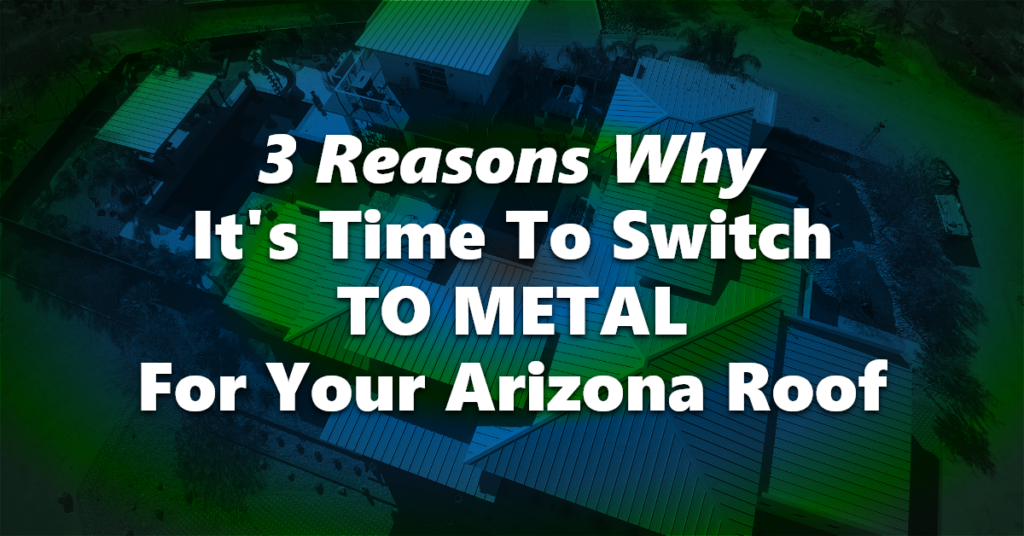Your Tucson or Phoenix home may appear to have a simple, one-piece roof, but appearances can be deceiving. Your roof comprises six residential roofing layers, all working together to provide a water-resistant, sturdy shield against the elements.
Careful Selection
A successful roofing project depends on a two-part strategy:
- Carefully select the best roofing materials your budget will allow
- Carefully select the best roofing contractor to install the superior materials
When you think of a new roof, you may only think of that top layer, the visible component. Yet you need to determine the best materials for all six layers and parts. Then you have to carefully select the best contractor to install those materials, from the rafters up.
Taking the time and doing some basic research before selecting the right roofing material pays huge dividends. Your one-time investment in the right roof can return dividends to you for up to 50 years!
A good contractor can install your roof so well that the roof and its superior materials will outlast other roofing materials several times.
Layer By Layer
Let’s take a look at each of the six parts of your roof, one by one:
- Roof Deck—Your home’s rafters and the sheathing atop those rafters make up your roof deck; the deck is the foundation for the rest of your roof
- Ice and Water Shield—Though the Arizona environment does not allow for much ice, monsoon season can undoubtedly bring plenty of heavy downpours; a thick, self-adhesive product called ice and water shield protects vulnerable parts of your sheathing along the roof edge and in valleys
- Underlayment—Rolls of synthetic or organic felt cover the sheathing where the ice and water shield is not laid down; this underlayment helps prevent water from getting through your roof into the roof deck
- Ridge Vents—Especially in the hot Arizona climate, ridge vents are essential parts of proper ventilation
- Flashing—Thin metal strips and soft rubber help seal up the spaces between unlike materials on your roof, like between chimneys and sheathing, or around roof projections like sanitary stacks; flashing is usually metal, but caulking, rubber, and plastic can also help seal up your roof
- Finished Roof—The shingle, tile, or metal roof panels you select will be the visible part of your Tucson or Phoenix roof; all have their positives and negatives, but only metal roofing is ideally suited to withstand the harsh Arizona environment while keeping its gleaming beauty
Investment
Some unwise homeowners think they can skimp on some of the layers of their roof and then splurge on that top, visible finished layer. Such a strategy is shortsighted since all the unseen layers play their part in reinforcing and supporting the top layer.
Metal roof panels generally sit a bit above the sheathing and underlayment, installed on wood battens to allow a little air space between the roof deck and metal. This helps the roof keep cool and helps prevent heat conduction into your Arizona home. That means the underlayment, ice and water shield, and sheathing must stand up to the elements on their own, since air moves freely through the narrow spaces.
Using cheap or shoddy materials for those three layers weakens the finished roof. You will undermine your own investment.
Why Metal?
A Tucson or Phoenix homeowner has a unique challenge in choosing the right roofing material. From sheathing to flashing, all the other layers work well in all climates and weather conditions. But metal roofing is ideally suited for the extremes of heat and cold Arizonans experience.
Metal roofing outlasts shingle roofing in temperate climates by some 30 years, and in desert environments, shingle roofs dry out and decay quickly.
Metal roofing provides excellent beauty and a wide range of aesthetic looks compared to tile. It is also five times lighter in weight than tile, far less brittle than tile, and available in a rainbow of colors. Tile generally is available in one color, terra cotta.
Your Second Decision
Opting for a sturdy, durable metal roof is sensible, but you must also consider the contractor installing it and the other layers. That second decision—who will install your roof—is key to a successful roofing project.
Picking an experienced, well-equipped roofing contractor specializing in metal roofs gives you far greater control in the final look of your roof. That contractor can guide you in picking out the right underlayment, flashing, and other elements. A reliable, honest contractor with years of experience in metal roofing can suggest options you may not have considered:
- Metal roofs that look like tile but wear far better
- Stone-coated steel
- Natural metal roofing panels, such as zinc or copper
- Appropriate accessories, from drip edge to decorative elements
Vertex Roofing is your local, trusted specialist in metal roofing. Contact us today to see how we can transform your home into a showpiece with a new, gleaming metal roof.






